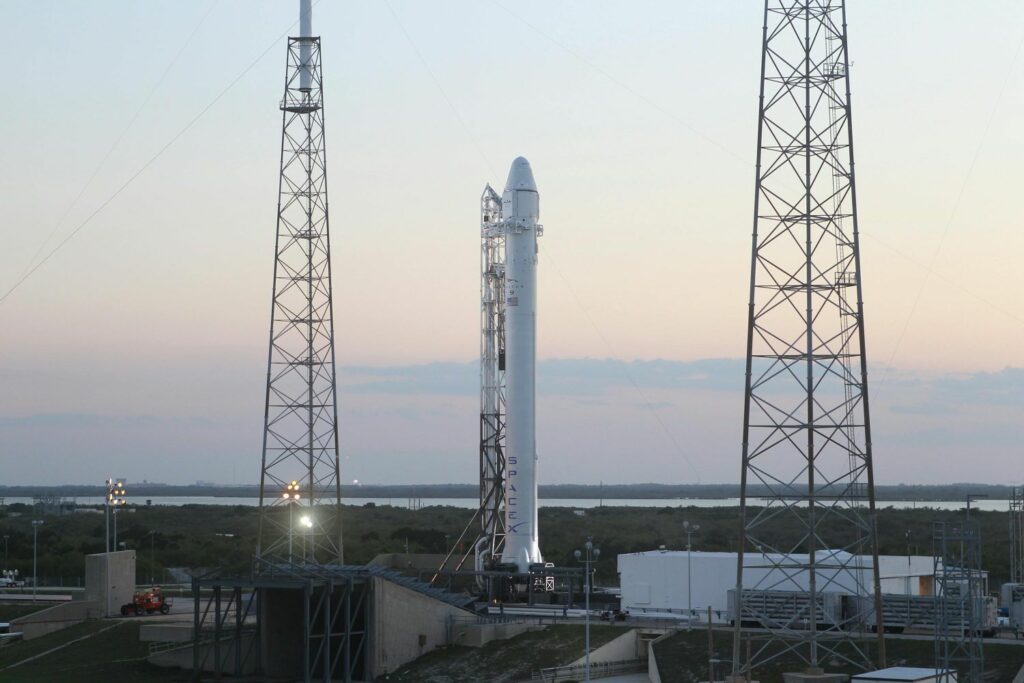Technology Readiness Level

Technology Readiness Level (TRL) is a measure for technology maturity. (If that is only one thing you take away from this article, it is this sentence!)
It was first developed by NASA in mid-70s for accessing the progress of its suppliers’ technology maturity for service and product procurement. Today, NASA is still using it widely in its own operation.
Since it has gained huge popularity across the globe. It has been used and is still actively being used by many funding agencies, universities, technology incubators and accelerators, and venture capital firms to assess technology development throughout different phases from idea formulation to commercialisation.
For example, today, the UK’s national funding agency for business innovations, called InnovateUK and its sister organisations, is using it across their entire funding portfolio at a national level to decide funding levels and funding ratio needed for different research programme and funding competitions.
Broadly speaking, TRL is divided into nine categories, aligning with technology maturity in a Research and Development (R&D) process. Below, you will find a comparison table from Wikipedia, showing the differences between the original NASA definition and that used in EU.
TRL definitions (source: Wikipedia)
| TRL | NASA usage[4] | European Union[5] |
|---|---|---|
| 1 | Basic principles observed and reported | Basic principles observed |
| 2 | Technology concept and/or application formulated | Technology concept formulated |
| 3 | Analytical and experimental critical function and/or characteristic proof-of concept | Experimental proof of concept |
| 4 | Component and/or breadboard validation in laboratory environment | Technology validated in lab |
| 5 | Component and/or breadboard validation in relevant environment | Technology validated in relevant environment (industrially relevant environment in the case of key enabling technologies) |
| 6 | System/subsystem model or prototype demonstration in a relevant environment (ground or space) | Technology demonstrated in relevant environment (industrially relevant environment in the case of key enabling technologies) |
| 7 | System prototype demonstration in a space environment | System prototype demonstration in operational environment |
| 8 | Actual system completed and “flight qualified” through test and demonstration (ground or space) | System complete and qualified |
| 9 | Actual system “flight proven” through successful mission operations | Actual system proven in operational environment (competitive manufacturing in the case of key enabling technologies; or in space) |

